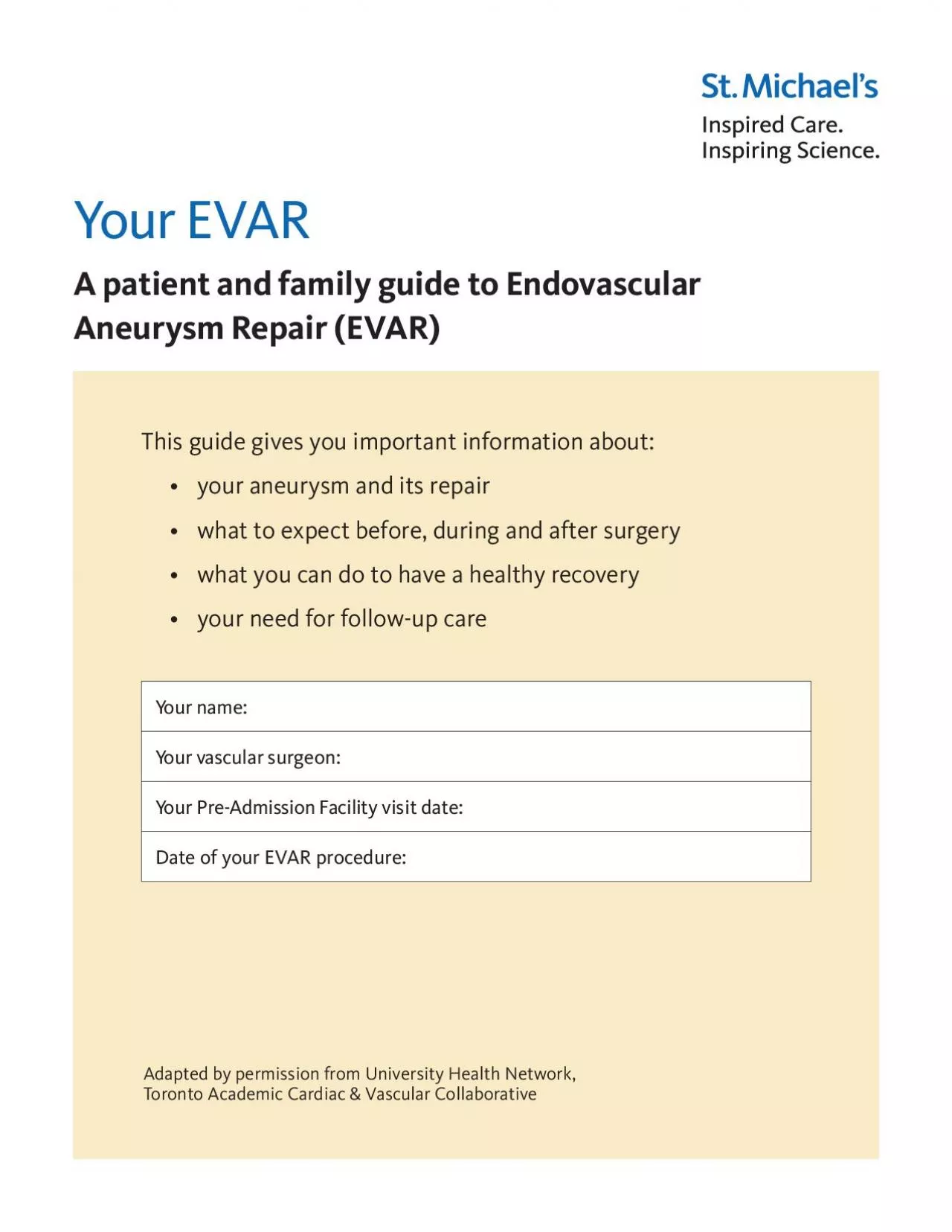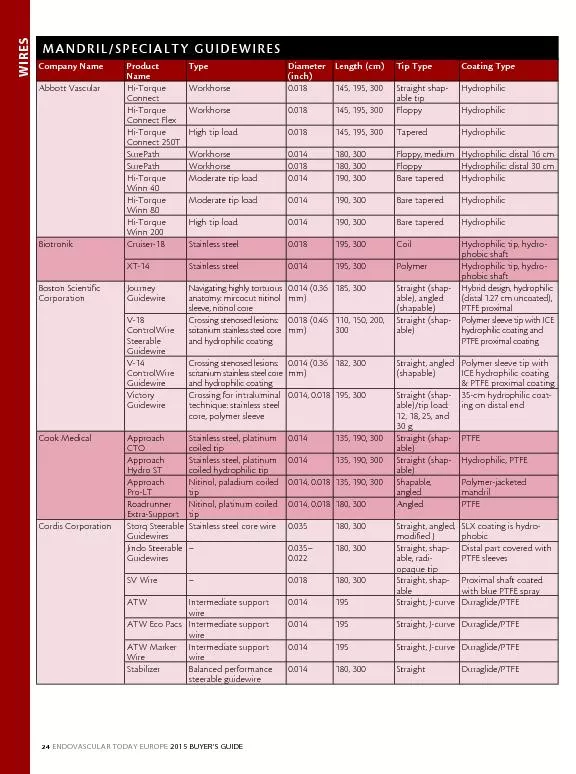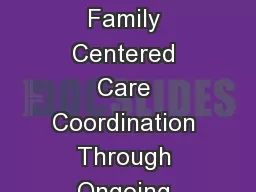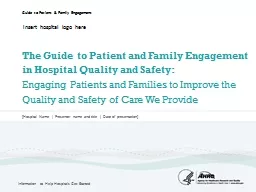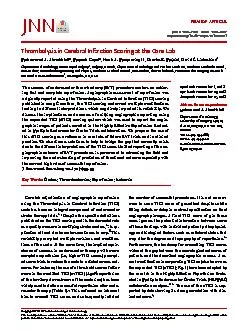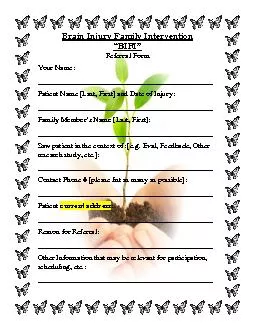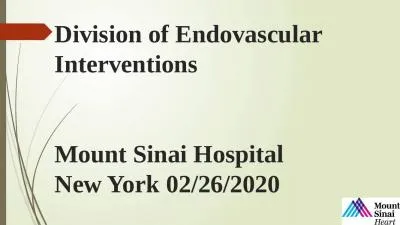PDF-A patient and family guide to Endovascular
Author : badra | Published Date : 2022-09-09
Aneurysm Repair EVAR Your EVAR Adapted by permission from University Health Network Toronto Academic Cardiac Vascular Collaborative This guide gives you important
Presentation Embed Code
Download Presentation
Download Presentation The PPT/PDF document "A patient and family guide to Endovascul..." is the property of its rightful owner. Permission is granted to download and print the materials on this website for personal, non-commercial use only, and to display it on your personal computer provided you do not modify the materials and that you retain all copyright notices contained in the materials. By downloading content from our website, you accept the terms of this agreement.
A patient and family guide to Endovascular: Transcript
Download Rules Of Document
"A patient and family guide to Endovascular"The content belongs to its owner. You may download and print it for personal use, without modification, and keep all copyright notices. By downloading, you agree to these terms.
Related Documents

